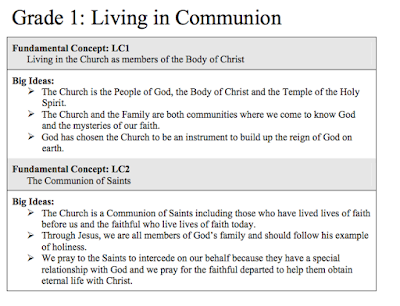"And the LORD said, Behold, the people [is] one, and they have all one language; and this they begin to do: and now nothing will be restrained from them, which they have imagined to do."
Genesis 11:6
Technology is new language of our society, coding and math are transferable worldwide. Apps and programs like wordreference.com and google translate make communication across languages seamless. Is technology our one language? Are you fluent?
Over the course of Part I & Part II Principal's qualification and during the completion of the 10 day challenges put forth by CPCO I was able to enage in activities that seemed to be very simple at first. I loved trying new or tools like padlet and incorporating them into school PD or my classroom. I was moved an inspired by ideas like
moonshot thiking and the voices of leading Ontario educators. These challenges challenged
my thinking around social justice and how we can make social media work for humanity.
As an
early adopter and an educator who grew up with techonology from the time I was in university, I was already easily using technology as a way of
substituting since the early 2000's. We had online journals in university, text messaging and the brightlink came into play in only my second year of teaching. I was an early member of the
21st Century learning committee and helped to set the direction for the board and under the tutilege of a
tech re-definer and now ministry of Education Officer Jessica Weber I was swept along for the ride. As an FSL teacher I was able to use technology in innovative ways like creating
voice recordings to share and use to as a method of authentic oral communication with classes in another school through collaboration with another InspirED educator, mentor and friend
Amy Shantz and
now successful administrator. When I applied to begin the French Immersion program I thought I had the technology covered,
CHECK!
✅
Basically, I thought I was a tech pro or at the very least, I so wanted to become one.
Yet another example of how I am once again
humbled by true and deep reflection as I travel through my leadership discernment. Thank YOU CPCO and the 10 Day Challenge.
Moving into a classroom teaching very young children (ages 5-7) I found it challenging to use technology in
innovative and new ways. I fell into the trap of believing "my students are too young for that," or I had too much to do and not enough
time (insert mantra here - "my life is fun and easy, I have time for anything") and couldn't believe that even I, though I was always one to believe student's could do anything and it was the teachers who maybe projecting their
fears onto the students. Isn't fear the cause of all unfulfilled potential? I'm so
grateful to have been able to teach in a classroom students of this age group so I can now empathize and relate to early years teachers. As a leader I need to walk the talk in practice before I even attempt to expect innovation from staff. While I am just engaging in new learning aroujnd New Pedagogies for Deeper Learning, I am forced to ask myself... Deep learning cannot mean hitting many topics at the surface level, it has to mean going deeper and taking more time.
So what know? I'm not yet a leader... What can I do to better prepare myself?
Make technology a priority - No more skipping my tech time because it is too much work to get the chromebooks. No more underestimating my students with the theory of
TOO. The theory or notion that someone is too
something to be able to accomplish the task.
'too little'
'too young'
'too immature' or we have
'too much to do'
Here are some steps I will take to make technology a
priority so when I become a leader in some area I will have experience.
- facilitator of deep learning and new pedagogies work with WCDSB and
Ferdinand Kraus
- begin a coding challenge with students with the help of my teaching partner who has great experience in the STEMS.
- allign my passion of gender equality with the need for women in STEMS by promoting local programs
I end with some lyrics from one of my favourite hymns to help us when navigating anything that brings us fear. Enjoy humming this all day!

Let's not be
too and let us not be afraid of technology and what it brings, the terrifying world of cyberbulling and social media harassment. Smart phone addiction, wifi hazards on our health and, and, and.... Let's use it to our advantage to help solve and create. Even if we are the first generation to engage in this tech world, we shall not be afraid when we remember that there is always someone who is there before us.









